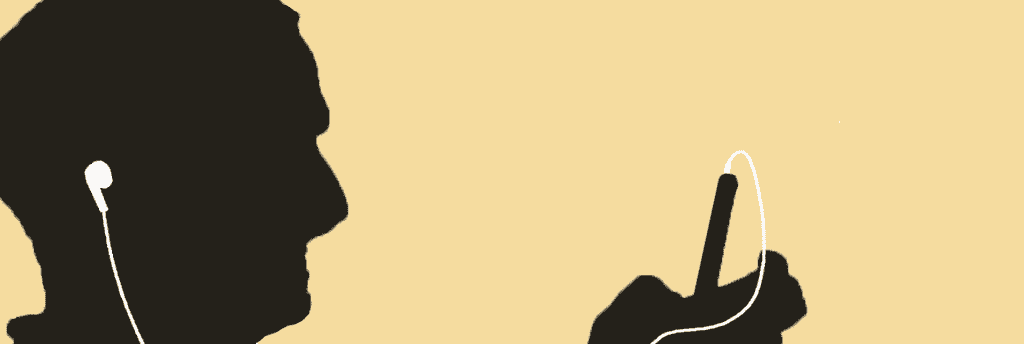Building a quality song doesn’t exactly mean it will become a hit single, but there are ways to predict how it’s possible. Columbia Business School looked further into the hit-making algorithm songwriters can take note of, but it is hardly a guarantee it will work.
In a new American Sociological Review paper entitled “What Makes Popular Culture Popular? Product Features and Optimal Differentiation in Music,” co-authors Michael Mauskapf, a CBS Assistant Professor of Management, and Noah Askin, an INSEAD Assistant Professor of Organizational Behavior, found that all top-charting anthems share one attribute: they balance familiarity and novelty. In other words: songs have to be bold, but not too bold and predictable, but not too predictable, lest they totally alienate or bore listeners to tears.
The duo used music intelligence platform The Echo Nest to analyze the key, mode, and tempo of over 26,000 songs. According to Askin, “The songs that reach the highest echelons of the charts bear some similarity to other popular songs that are out at the same time, but they must be unique in certain ways in order to differentiate themselves.” Mauskapf adds, “We found that songs with a somewhat below average typicality score tended do better on the Hot 100.”
They also accounted for non-musical factors, such as previous chart success, the cachet of an artist’s team, a particular artist’s “star factor,” and marketing budget. While these elements are certainly important, the researchers seem to agree that “hit song science” is ineffectual at best.
Mauskapf explains, “It’s very difficult to predict what kinds of songs other musicians will release, and when audiences will find them to be “optimally distinct.” Askin adds, “What becomes popular next is likely to be slightly differentiated from the last round of hits, leading to a constant evolution of what is popular. Popularity is a moving target, but the context always remains relevant. This is at least as much art as it is science.”
